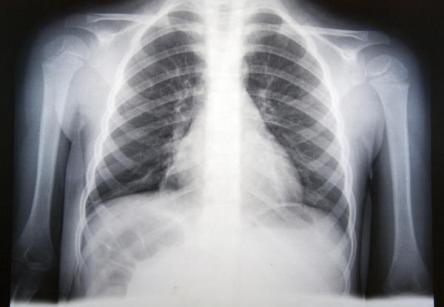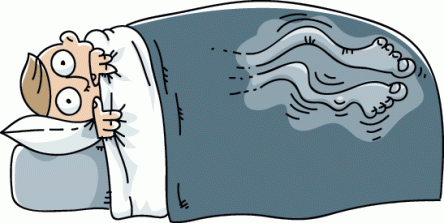Some cases of pneumonia manifest different symptoms, as a function of the strain of bacterial infection. These cases are called atypical pneumonia. Individuals with this type of pneumonia could experience the usual symptoms of chills, cough, fever, or chest pain, but could be more prone to other diseases, such as anemia.
The bacteria that infect the individual with atypical pneumonia produce milder symptoms and dry cough, although these are usually prolonged. As such, the bacteria can gradually destroy the immune system, leading to a variety of illnesses. Moreover, medical studies have found cases where the condition coincides with bone marrow abnormalities. The bacteria invade the bone and could potentially reduce the number of white blood cells, leading to the low platelet count that characterizes anemia.

Image Source: healthtap.com
It has been found that children or young adults are most at risk of developing atypical pneumonia, as their immune systems are still relatively weak. Parents should be especially cautious about bringing their children in areas where they could be exposed to disease contraction. Agricultural or pastoral features (such as areas inhabited by cattle, pigs, sheep, pigeons, turkeys, etc.) and construction works are common hazardous areas. Unfortunately, pneumonia is a condition that can be brought on by various strains of bacteria – each with their own characteristics and treatment plans.

Image Source: adkblog.s3.amazonaws.com
Patients with both pneumonia and anemia should immediately visit their physician. Usually the pneumonia is addressed by treatments first, as it is the direct cause of anemia. However, it must be noted that these treatment plans have a lengthy duration, since doctors are not inclined to prescribe aggressive medicine that could further weaken the patient.
Dr. Lisa Marie Cannon is a recognized internist, specializing in pulmonary medicine. Learn more about her practice by liking this Facebook page.



